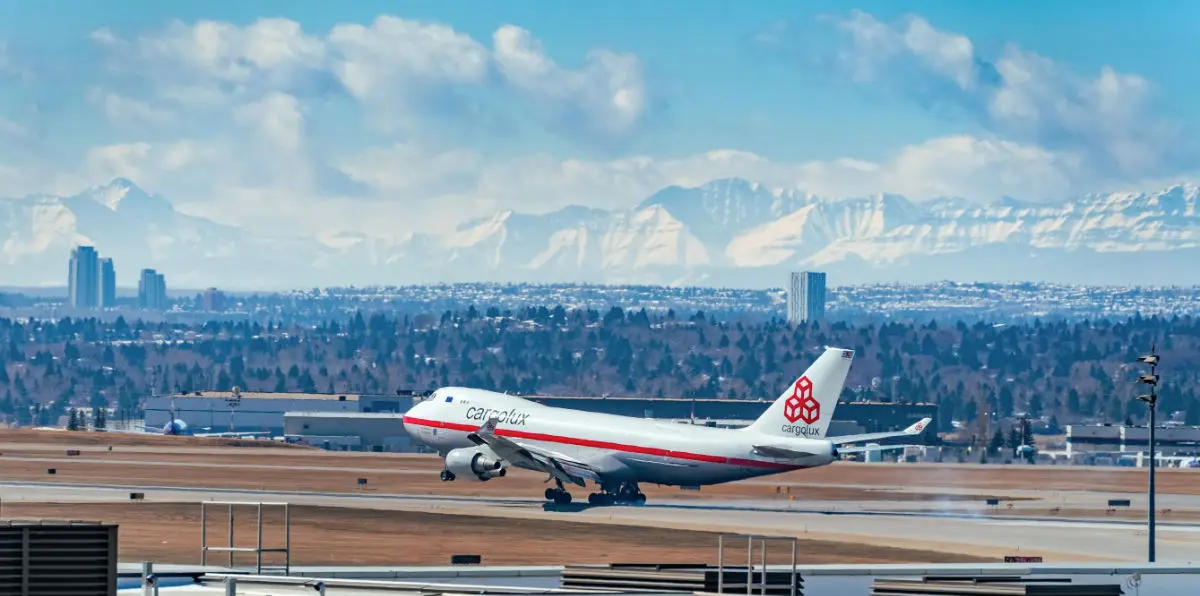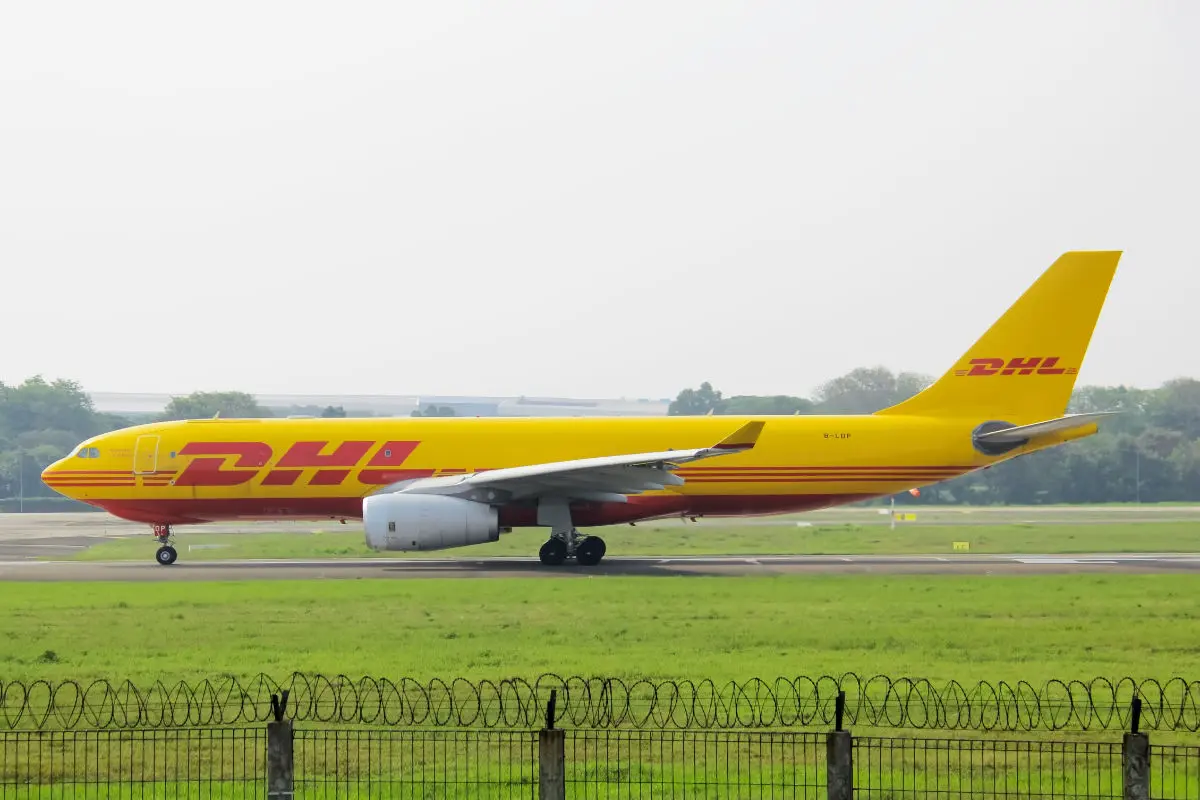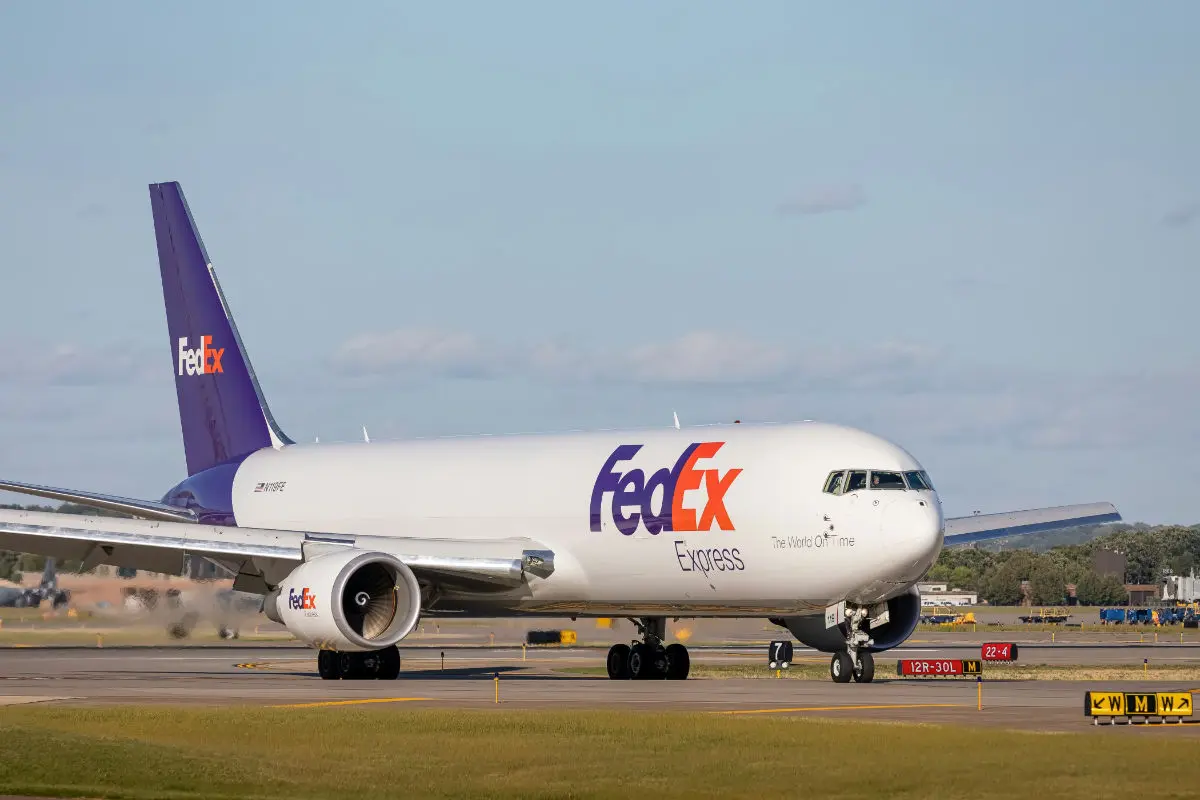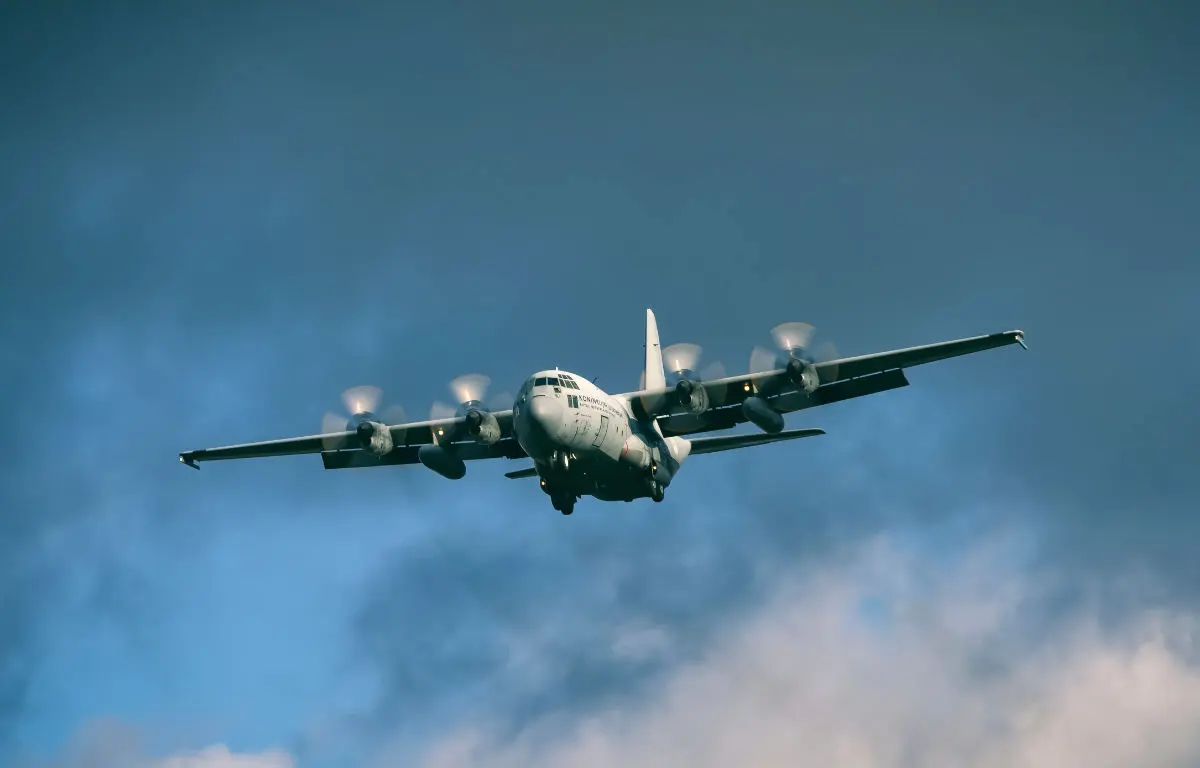
Are Cargo Planes Pressurized?
Find out whether cargo planes are pressurized and how this impacts the transportation of goods. Learn more about the pressurization of cargo airplanes.
Table of Contents
Have you ever wondered if cargo planes are pressurized? In this blog post, we will explore the truth behind this commonly debated topic and provide you with all the information you need to know about pressurization in aviation. So, are cargo planes pressurized? Let's find out.
Understanding Pressurization in Aviation
Pressurization in aviation is a critical process designed to manage the cabin's air pressure, ensuring the welfare of all onboard, whether humans or cargo. As an aircraft ascends, the atmosphere thins and the ambient air pressure drops significantly. This decrease in outside pressure can lead to potential discomfort or, in extreme cases, health issues for passengers and crew in unpressurized cabins. However, the stakes are not limited to human safety alone. The integrity and condition of cargo, especially items sensitive to pressure changes, can be severely compromised without proper pressurization.
Aircraft pressurization systems work by pumping conditioned air into the cabin during flight. This air is often bled off from the engines and then cooled and filtered before being introduced into the cabin. The system is designed to mimic atmospheric conditions at lower altitudes, providing a stable and habitable environment. This not only safeguards the health and comfort of any crew members aboard but also ensures the cargo's safety and integrity throughout the journey.

Modern pressurization technology is sophisticated, and capable of automatically adjusting cabin pressure in response to changes in flight altitude. These systems are crucial not just for passenger comfort but also for structural reasons, as they prevent the aircraft's fuselage from experiencing undue stress and fatigue during the various phases of flight. In essence, pressurization in aviation bridges the gap between the harsh, unyielding environment above the clouds and the need for a safe, controlled atmosphere inside an aircraft, be it for human passengers or inanimate cargo.
The Basics of Cargo Plane Operations
Cargo planes play an indispensable role in the logistics and transportation sectors, moving goods across continents with speed and efficiency. Unlike passenger planes, these workhorses of the sky are optimized for freight, featuring large, accessible cargo holds, reinforced flooring, and systems designed to manage a wide range of goods. From perishables requiring temperature control to oversized machinery that needs special handling, cargo aircraft are equipped to handle the complexities of global trade.
The design of cargo planes allows for quick loading and unloading, critical for maintaining the tight schedules that global commerce demands. Many are equipped with large doors that open wide to accommodate forklifts and other loading equipment, while some specialized models feature nose-loading capabilities or can even lower their bodies to facilitate easier access to the cargo hold.
Operationally, cargo flights are planned with precision, taking into consideration the weight distribution of the cargo, fuel requirements for the journey, and the most efficient flight paths. This meticulous planning ensures that goods arrive at their destinations safely and on time, highlighting the importance of cargo planes in supporting economies around the world.
Cargo aircraft operations also include a range of safety protocols, from securing cargo to prevent shifting during flight to ensuring proper ventilation for sensitive shipments. The pilots and crew members are specially trained to handle the unique challenges of cargo flights, from navigating the aircraft under different loading conditions to responding to potential emergencies related to the cargo itself.
In essence, cargo plane operations are a complex blend of engineering, logistics, and safety considerations, all aimed at facilitating the seamless movement of goods across the globe.

Are Cargo Planes Pressurized? The Simple Answer
Indeed, cargo aircraft are pressurized. The majority of cargo aircraft, much like their passenger-carrying counterparts, are outfitted with sophisticated pressurization systems. These systems are vital for maintaining optimal air pressure within the cargo hold and any crew areas, especially during high-altitude flights.
Pressurization in cargo planes serves multiple crucial purposes. For one, it safeguards sensitive cargo that might be adversely affected by low pressure and poor air quality, ensuring that goods, whether they're electronic components, pharmaceuticals, or perishable items, arrive in prime condition.
Cargo airplanes are also pressurized in order to maintain a safe and comfortable environment for any living cargo, such as animals being transported, as well as to help maintain the structural integrity of the aircraft.
Additionally, pressurization is key to providing a safe and comfortable environment for the crew, as they inspect the cargo. It's worth noting that the belief cargo planes aren't pressurized likely stems from the fact that some smaller, short-haul cargo aircraft might not require pressurization due to operating at lower altitudes where the atmospheric pressure is not significantly different from ground level. Nevertheless, for the bulk of cargo operations, especially those covering long distances and reaching higher altitudes, pressurized cabins are standard. This ensures that regardless of the journey's length or the altitude at which the aircraft cruises, both the cargo and any onboard personnel are kept in conditions that mimic those found closer to sea level.
Myths and Facts About Cargo Planes and Pressurization
Dispelling myths is crucial to understanding the realities of cargo plane operations, particularly regarding pressurization.
One pervasive myth is that because cargo planes do not carry passengers, their cabins do not require pressurization. This is categorically false. Both cargo and passenger planes must maintain pressurized cabins to protect the integrity of their contents, whether human or material as well as the structural integrity of the aircraft.

Another misconception is that cargo, being inanimate, does not require the same level of environmental control as humans. However, many types of cargo are highly sensitive to pressure changes, including electronics, pharmaceuticals, and perishables, making pressurization equally vital for their transport.
Some believe that only large, long-haul cargo planes are pressurized, while smaller, regional cargo aircraft are not. While it's true that certain small, short-haul planes may operate without pressurization, this is the exception rather than the rule. These aircraft are limited to lower altitudes where atmospheric conditions are less severe.
The assumption that pressurization is an optional "luxury" in aviation is another myth. In reality, pressurization is a fundamental safety requirement, protecting cargo from potential damage due to low pressure and ensuring the structural integrity of the aircraft at high altitudes.
Addressing these myths helps clarify the universal importance of pressurization in cargo aviation. By separating fact from fiction, we gain a better appreciation for the complexities of safely transporting goods across the skies.
Are Military Cargo Aircraft Pressurized?
Just like their civilian counterparts, military cargo aircraft are predominantly pressurized for many of the same critical reasons.

These specialized planes are designed to transport a wide range of military cargo, including sensitive equipment, vehicles, and even personnel, over long distances and at high altitudes. The pressurization of military cargo planes ensures the safety and operational readiness of equipment and the comfort and well-being of any accompanying personnel. High-altitude missions, which are common in military operations, necessitate maintaining an environment within the aircraft that protects both organic and inorganic cargo from the adverse effects of reduced atmospheric pressure.
Moreover, the versatility of military cargo planes means they often need to operate in diverse and challenging environments, further underscoring the importance of pressurization in maintaining the integrity of both the aircraft's structure and its contents. In essence, pressurization in military cargo aircraft aligns with the overarching goal of maximizing mission effectiveness and safeguarding assets, whether in routine logistics operations or in strategic deployments across the globe.
Summary
Wrapping up our exploration into the pressurization of cargo planes, it's clear that these flying workhorses are equipped with sophisticated systems to regulate cabin pressure.
This ensures both the well-being of sensitive cargo and any crew members aboard during their journey through the skies. Debunking myths and clarifying misconceptions have revealed that pressurization is not a mere luxury but a fundamental aspect of cargo aviation, vital for the structural integrity of the aircraft and the preservation of the goods it transports.
Whether the plane is navigating high altitudes on long-haul flights or making shorter regional trips, the presence of pressurization systems is crucial for meeting the stringent demands of air transport. The reality that even cargo, inanimate though it may be, requires a controlled environment akin to that provided for human passengers underscores the universal need for pressurization.
Remember, the next time a cargo aircraft embarks on its mission across the skies, it does so with a pressurized cabin safeguarding its invaluable contents against the elements.
Also read:
Planenerd Newsletter
Join the newsletter to receive the latest updates in your inbox.






